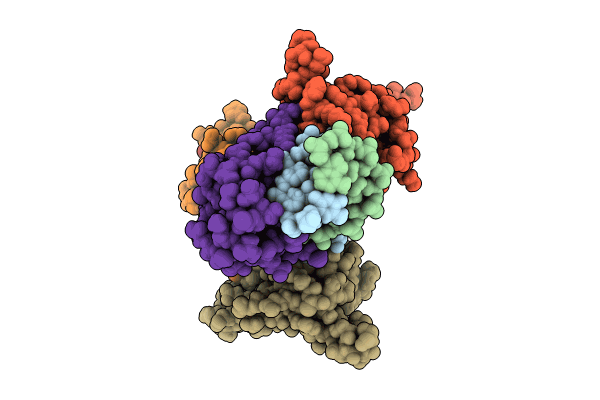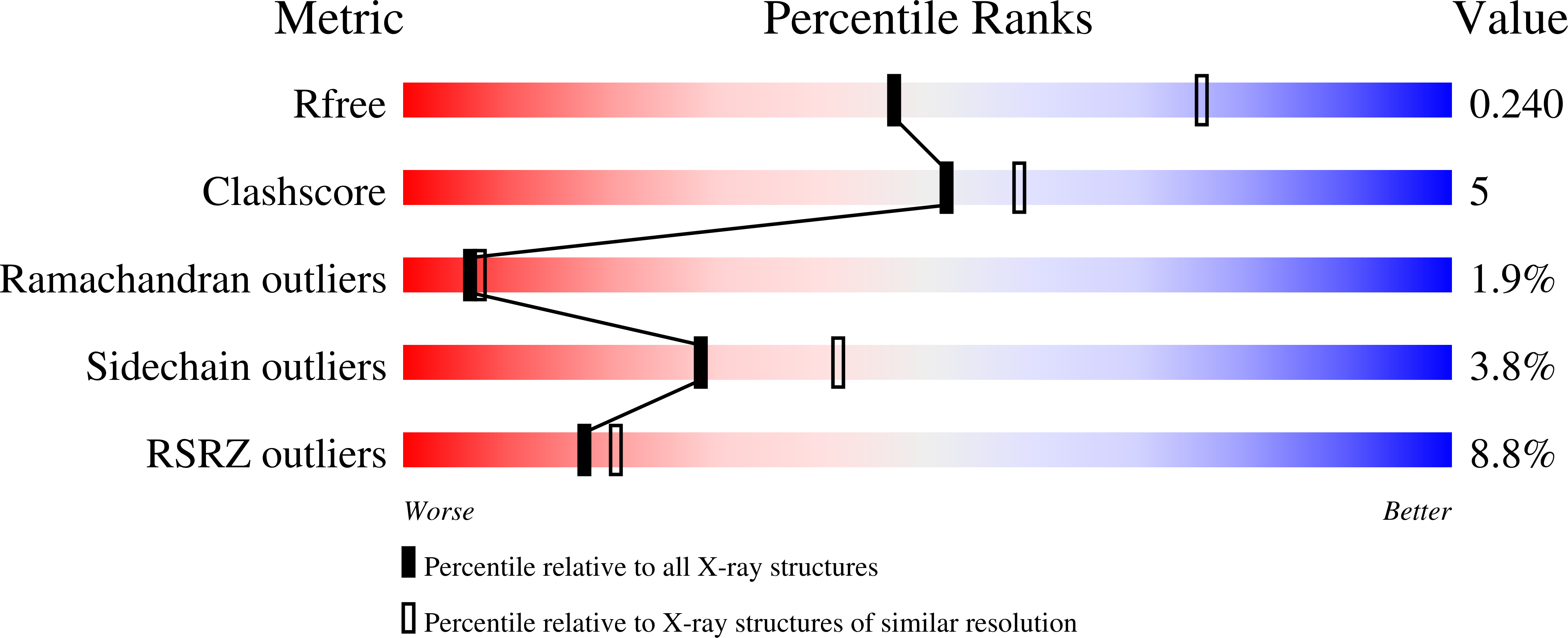
Deposition Date
2024-10-16
Release Date
2024-10-23
Last Version Date
2025-03-12
Entry Detail
PDB ID:
9DZM
Keywords:
Title:
Dimeric human OCT2 (POU2F2) POU domain bound to palindromic MORE DNA
Biological Source:
Source Organism:
Homo sapiens (Taxon ID: 9606)
synthetic construct (Taxon ID: 32630)
synthetic construct (Taxon ID: 32630)
Host Organism:
Method Details:
Experimental Method:
Resolution:
2.54 Å
R-Value Free:
0.24
R-Value Work:
0.21
R-Value Observed:
0.21
Space Group:
P 1


